My objective is to realize a current splitter which could split current from a wire A in the range of pA, nA equally to wire B,C.
I was initially sure what this type of circuit would be called, but google redirected me to Current Conveyors page - https://en.wikipedia.org/wiki/Current_conveyor. (please correct if I am wrong here).
A CC-1 circuit is shown below:
I could correlate (X=A,Y=B,Z=C). However, I am not sure if it would support low currents (pA,nA).
- Voltage Range: (0-3.3V)
- Frequency Range: 1-100 kHz.
- Loads: Current sensing amplifiers, each on B and C. (Assume Input is a gate capacitor of MOS and hence high impedance)
- Reason on why I am doing this: To compare results of 2 current sensing amplifiers.
Any hint/guide on above will be helpful.


